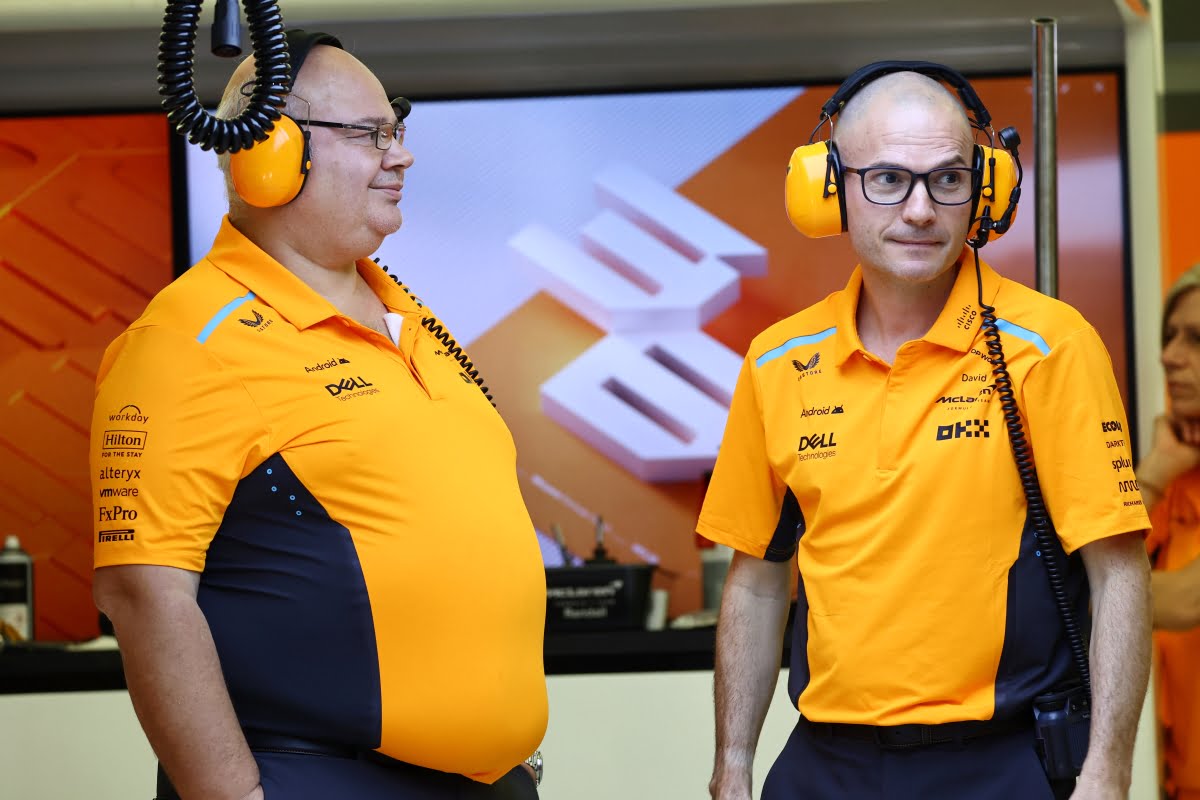Behind the Curtain: The Unseen Tug-of-War in Formula 1's McLaren Team

In a world driven by speed, both on and off the track, Formula 1 teams are constantly evolving to stay ahead. The latest saga from the McLaren camp is a testament to that relentless pursuit of perfection. David Sanchez's recent departure from McLaren, mere months after his high-profile move from Ferrari, sheds light on the intense, often unseen battles waged in the war rooms of F1 teams.
McLaren’s decision to part ways with Sanchez, citing a ‘misalignment’ over his role as Technical Director of Car Concept and Performance, unveils the complexities and pressures at the core of Formula 1's technical departments. His exit is not just a personnel change; it's a glimpse into the intricacies of team dynamics and the relentless quest for a competitive edge.
The Masterminds behind the Machines
The technical ranks of an F1 team are the brains behind the brawn, crafting machines that defy the limits of speed and efficiency. Sanchez, roped in for his expertise alongside Rob Marshall and Peter Prodromou, was expected to play a crucial role in catapulting McLaren to the forefront of the grid. However, the reality of F1's high-stakes environment often reveals mismatches between expectations and execution.
As McLaren unveils its restructured technical department, the focus sharpens on Marshall’s elevation to Chief Designer and Neil Houdley stepping in as Technical Director for Engineering. With Stella temporarily taking on the Performance Director's mantle, McLaren seems to be doubling down on regrouping its technical prowess.
Strategic Shifts in the Face of Setbacks
The underlying narrative of Sanchez’s departure underscores a broader strategy by McLaren to recalibrate its technical leadership. In harsh juxtaposition to the pit lane's roar, quiet conversations in dimly lit rooms labor to refine the very soul of the racing team. Stella’s statement, emphasizing a commitment to evolving McLaren’s technical model, is a somber acknowledgement of the delicate balance between ambition and practicality in the high-wire act of F1 competition.
Such reshuffling is not merely administrative. It is a deliberate maneuver aimed at shoring up the team’s foundations, streamlining workflows, and enhancing efficiency. The mutual decision for Sanchez to move on reflects a broader, unwavering commitment to McLaren’s long-term vision, albeit through unexpected course corrections.
Where Do They Go From Here?
Sanchez's gracious exit, coupled with his acknowledgment of the gap between expectation and reality, is a poignant reminder of the personal stakes involved. His departure is not an end but a pivot to new beginnings, both for him and McLaren. As the team reassembles its forces, the F1 world watches closely, knowing that such transitions are but ripples on the surface of the deep, strategic undercurrents that define the sport.
McLaren's saga epitomizes the ceaseless quest for optimization that is the hallmark of Formula 1. Sanchez may have stepped away from the limelight, but his journey continues, reflective of the infinite loop of challenges and breakthroughs that propel the sport forward. As McLaren forges ahead, reshaped yet resolute, the narrative of F1's technical ballet moves on, with teams and individuals in constant pursuit of that elusive checkered flag.